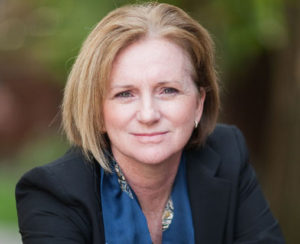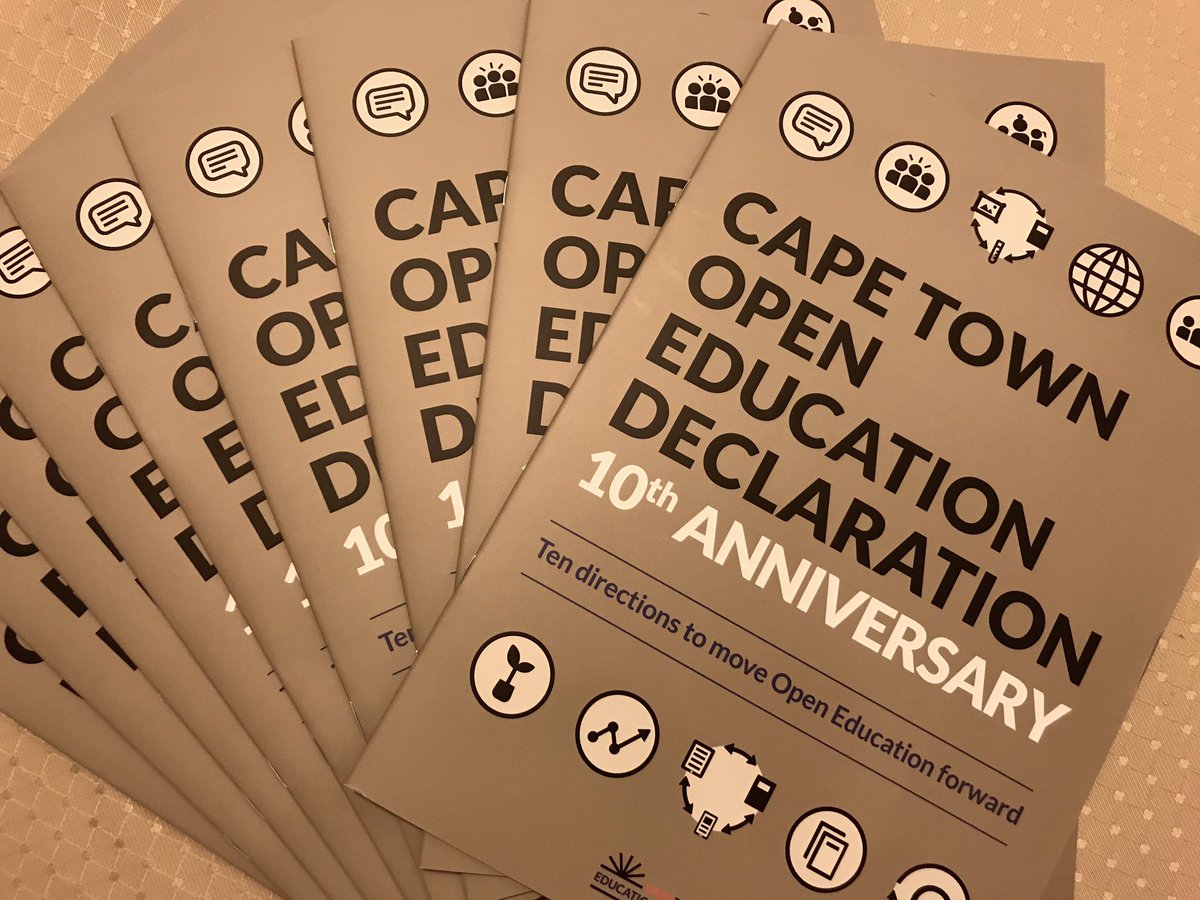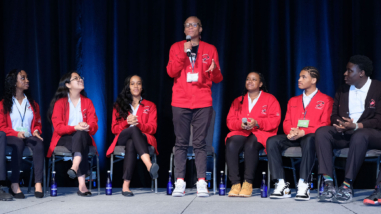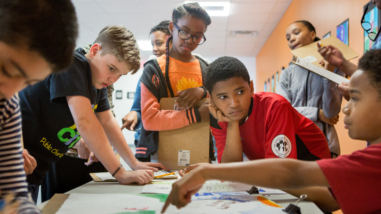
Cathy Casserly was an Education program officer and director of the OER Initiative at the Hewlett Foundation from 2001 to 2009. It was during this time that Hewlett, along with several other foundations, began to fund the nascent field of open educational resources (OER) — openly accessible, editable, downloadable curriculum resources for learners across the globe.
This week marks the 10th anniversary of the Cape Town Open Education Declaration, which was a turning point for the adoption of open educational resources around the world. At this milestone, it’s worth reflecting on the collective learning journey of the field, and the powerful progress that can be made when philanthropic organizations work in the same space, but bring their unique strategies to bear in advancing the field.
At the time of the Cape Town Declaration in January 2008, the Hewlett Foundation was supporting what was likely the largest philanthropic portfolio of OER-focused organizations anywhere. Many were projects within traditional organizations, such as MIT (MIT OpenCourseWare), Carnegie Mellon (Open Learning Initiative), Open University UK (OpenLearn) and Rice University (OpenStax). Others were relatively new organizations, such as OER Africa, Institute for the Study of Knowledge Management (OER Commons) and Creative Commons. Together, they had the beginnings of a global infrastructure for open licensing.
I recall that month as tense. The Open Society Institute (OSI), with the Shuttleworth Foundation, had convened a small group to meet in South Africa in September 2007 to create a visionary statement of OER principles — a manifesto of sorts for the movement. OSI and Shuttleworth envisioned the Declaration as being a document that galvanized the five-year-old OER field to push boundaries.
The question coming out of the gathering was whether Hewlett Foundation would proactively support the Cape Town Declaration, and, in particular, its implicit mandate for the most liberal open license — one that allows full reuse and adaptation of educational materials. This open license type is the easiest for others to build upon to repurpose and reuse content. And, it was absolutely the right license to promote in a declaration of principles, for we were beginning to understand the complexity of trying to reuse content from multiple sources with differing licenses.
It’s worth noting that 10 years ago, the most liberal open license — the antithesis of tight copyright ownership — was a scary prospect for academic institutions. Traditional organizations like MIT were not willing to jump in with the most open license, and faculty mindsets around copyrighted classroom materials were difficult to shift.
The language of the Declaration was being finalized by two people I had never met — Mark Surman and Phillip Schmidt, then fellows supported by the Shuttleworth Foundation. We engaged in several long, intense discussions with them. Conversation scheduling was complicated by cross continental time zones. There was a tight timeline for a decision. We didn’t know each other, yet we listened to each other carefully. It was clear they wanted Hewlett Foundation’s full support, and it was clear that we had a no-win decision to make.
The Hewlett Foundation began to get calls from our grantees, who were not fully comfortable with the outcome of the gathering. We stopped and listened closely to their concerns. Our staff was flummoxed — support the Declaration of not? Support our philanthropic partners or our grantees? What would be the fall out with our funding colleagues if we didn’t back them fully?
In the end, we declared a neutral position. We would neither endorse nor reject the Declaration. And while all the funders voiced differing stands on the Declaration, we all understood that we were contributing in enormously positive ways to the field. OSI had its deep knowledge of open policy, gained from leadership in the adjacent open access sector, Shuttleworth had created a highly regarded fellows program that nurtures the next general of open leaders, and Hewlett Foundation had dug into an array of OER projects.
Of course, that was then. Now, the Hewlett Foundation requires all grantees to commit to the most liberal open license. Our grantmaking, and our grantees, have evolved. Upon reflection, it wasn’t a faulty strategy to support traditional institutions’ use of other open licenses. Our goal was to seed a field with the full expectation that others would join in and thoughtfully and wisely craft the next iteration. Our early grantmaking was successful in doing just that, and, it has been the collective efforts of many funding agencies along with a vibrant grassroots community that worked to advance the field.
Part of the joy of working in the OER field is the community. While that period was tense, Mark Surman and I became close colleagues and went on to serve together in a national task force and as inaugural board members for Peer 2 Peer University, an organization that Philipp Schmidt founded. And Melissa Hagemann of the Open Society Institute and I were on a call just last week chuckling and recalling that tense period one decade ago.
Our sister foundations pushed the field when it was needed. And countless others have since joined in to support OER and its next chapter — focused on practice and pedagogy to transform teaching and learning. So while I began by reflecting back, I now reflect forward and have these questions for my fellow funders.
Given that we can create more together than we can alone, might it be time to move beyond sometimes shared funding and together start to map the current OER ecosystem so that we can identify areas of funding overlap and gaps? Might we be wise to pool our expertise and resources to help each other co-create the next decade, with our partner organizations? It’s interesting that in a field that has made such significant progress, we don’t yet have a formal mechanism for collaboration. Maybe, the lesson to remember as we mark 10 years since Cape Town, is that the field is accelerated by working together rather than alone.




